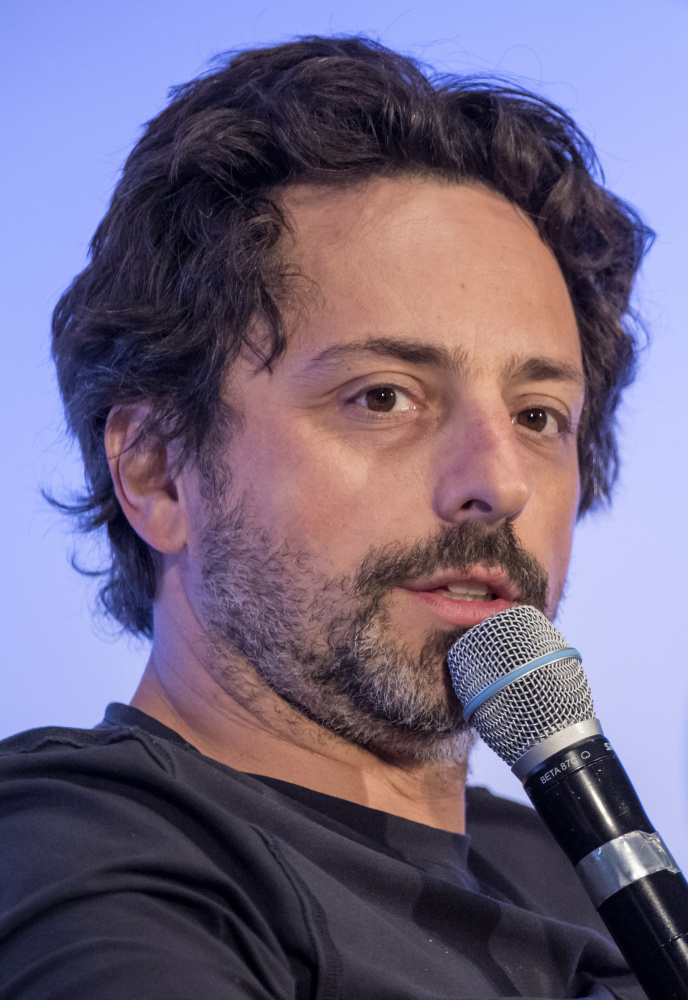Larry Page has his flying cars. Sergey Brin shall have an airship.
Brin, Google co-founder, has secretly been building a massive airship inside of Hangar 2 at the NASA Ames Research Center, according to four people with knowledge of the project. It’s unclear whether the craft, which looks like a zeppelin, is a hobby or something Brin hopes to turn into a business. “Sorry, I don’t have anything to say about this topic right now,” Brin wrote in an email.
The people familiar with the project said Brin has long been fascinated by airships. His interest in the crafts started when Brin would visit Ames, which is located next to Google parent Alphabet Inc.’s headquarters in Mountain View, California. In the 1930s, Ames was home to the USS Macon, a huge airship built by the U.S. Navy. About three years ago, Brin decided to build one of his own after ogling old photos of the Macon.
In 2015, Google unit Planetary Ventures took over the large hangars at Ames from NASA and turned them into laboratories for the company. Brin’s airship, which isn’t an Alphabet project, is already taking shape inside one. Engineers have constructed a metal skeleton of the craft, and it fills up much of the enormous hangar.
Alan Weston, the former director of programs at NASA Ames, is leading Brin’s airship project.
Weston has a background befitting such an unusual enterprise.
Born to Australian parents, Weston spent some of his youth in Turkey and then ended up at the University of Oxford. There he became a key member of the Dangerous Sports Club – a group of very intelligent risk-takers that formed in the early 1970s and did things such as catapult people across fields into nets.
Members of the club are credited with inventing the modern form of bungee jumping. Weston, for example, performed one of the first bungee jumps by hurling himself off California’s Golden Gate Bridge and then eluded the authorities waiting to capture him on shore. He also hiked Mt. Kilimanjaro in Africa and then attempted to hang-glide down, only to crash and hurt his ankle in the process.
Years later, Weston joined the Air Force and did engineering work as part of the U.S. government’s Strategic Defense Initiative – known more broadly as the Star Wars missile defense system. In 1989, Weston oversaw one of the first tests of Star Wars, which aimed to destroy incoming Russian missiles midair with weapons fired from space.
Following his stint at the Air Force, Weston joined NASA and worked on a wide number of projects, including the development of a low-cost lunar lander.
In 2013, Weston described plans for an airship that could be used to haul cargo. The idea is that airships could be more fuel-efficient than planes and could carry loads directly to where they’re needed, rather than to transport centers like airports or shipping stations.
Send questions/comments to the editors.



Success. Please wait for the page to reload. If the page does not reload within 5 seconds, please refresh the page.
Enter your email and password to access comments.
Hi, to comment on stories you must . This profile is in addition to your subscription and website login.
Already have a commenting profile? .
Invalid username/password.
Please check your email to confirm and complete your registration.
Only subscribers are eligible to post comments. Please subscribe or login first for digital access. Here’s why.
Use the form below to reset your password. When you've submitted your account email, we will send an email with a reset code.